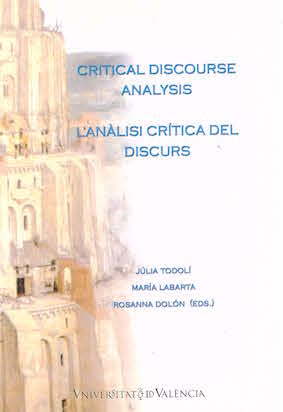Affordances for Empowerment: a pedagogical, analytical and heuristic tool for textual and discoursal uncloaking
DOI:
https://doi.org/10.7203/qfilologia.11.5047Keywords:
Critical Discourse Analysis, Critical Literacy, naturalization Abstract
Abstract
This paper presents a pedagogical, analytical and heuristic tool for the critical analysis of texts and discourses, the Critical Literacy Frame. It is grounded in a social-constructionist orientation to language, and is underpinned theoretically by insights from Critical Discourse Analysis and Critical Literacy. The intention of the paper is to offer a classroom tool for teachers to use with learners in a range of classroom contexts (English, Media Studies, Communications, Literacy, etc.) that alert the students and raise awareness of the ways in which, through language use, individuals construct, understand and represent reality, often in opaque ways. The analytical potential of such a frame is considered and recommendations relating to its pedagogical affordances are offered.
 Downloads
Downloads
Downloads
Published
How to Cite
-
Abstract282
-
PDF (Español)139
Issue
Section
License
 Este obra está bajo una licencia de Creative Commons Reconocimiento-NoComercial-SinObraDerivada 4.0 Internacional.
Este obra está bajo una licencia de Creative Commons Reconocimiento-NoComercial-SinObraDerivada 4.0 Internacional.
Authors who publish with this journal agree to the following terms:
- Authors retain copyright and grant the journal right of first publication with the work simultaneously licensed under a Creative Commons Attribution License that allows others to share the work with an acknowledgement of the work's authorship and initial publication in this journal.
- Authors are able to enter into separate, additional contractual arrangements for the non-exclusive distribution of the journal's published version of the work (e.g., post it to an institutional repository or publish it in a book), with an acknowledgement of its initial publication in this journal.
- Authors are permitted and encouraged to post their work online (e.g., in institutional repositories or on their website) prior to and during the submission process, as it can lead to productive exchanges, as well as earlier and greater citation of published work (See The Effect of Open Access).




